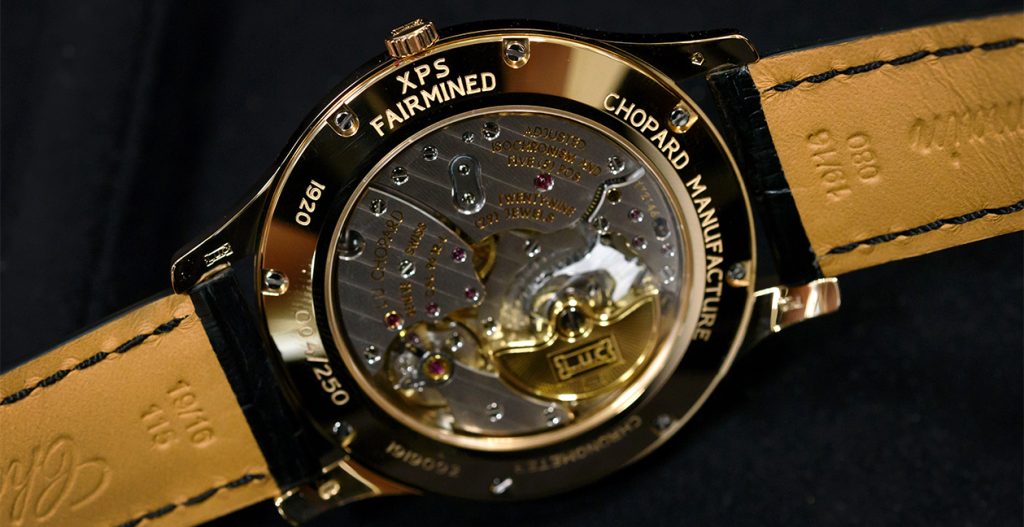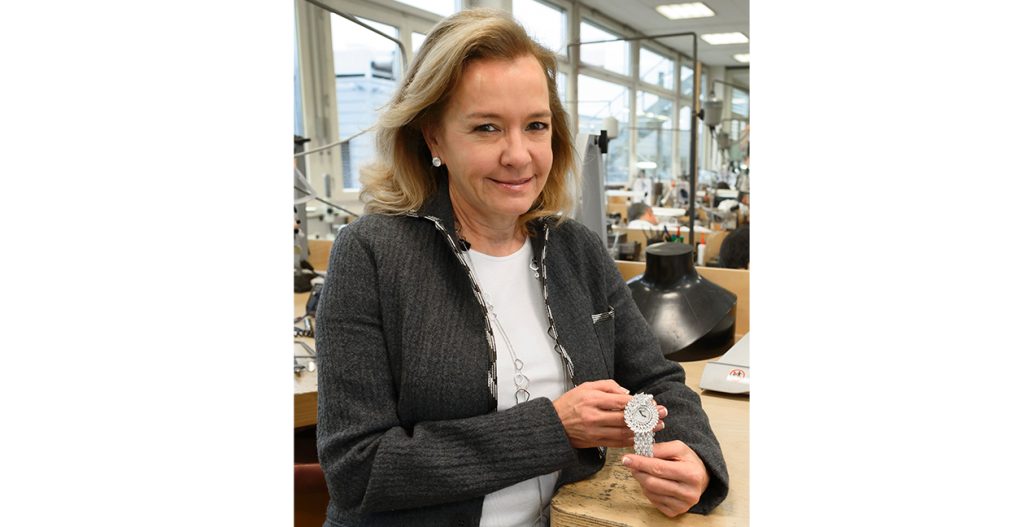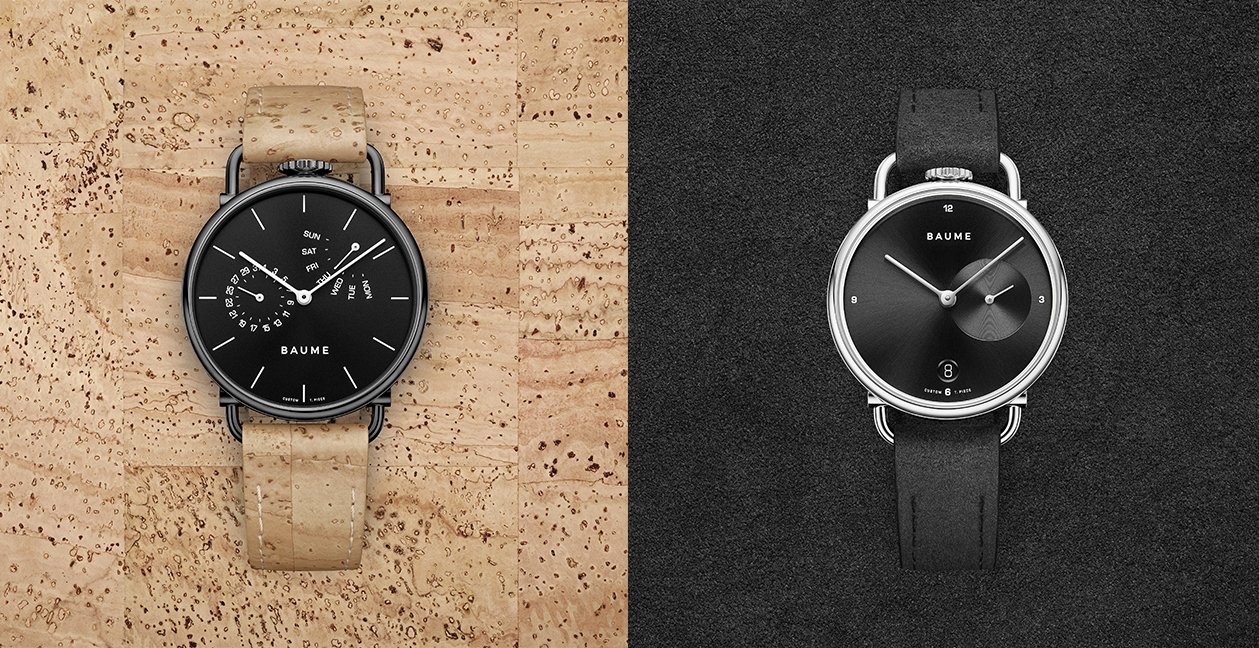Climate change is the biggest threat facing our planet, making us more and more conscious of the purchases we make, from our mode of transport to the food we eat, our choice of vacation to the clothes and accessories we wear.
At first glance, a mechanical wristwatch would seem like a particularly good ecological purchase. It requires no external energy source—except for a few turns of the crown or the movement of the wrist—and will last for decades, if not centuries. Compare this to a smartwatch or a smartphone, with their batteries and rapid obsolescence, and a mechanical watch sounds like a great, sustainable way to keep track of the time.

Unfortunately, that’s often not the case. Apart from a handful of forward-thinking brands and a rapidly growing secondhand market, the watch industry is lagging far behind when it comes to sustainable development.
Nearly every major watch brand was labeled “non-transparent” when it came to sharing their companies’ environmental standards and practices, according to the World Wildlife Fund’s most recent assessment of the market. Overall, there is a lack of “good environmental standards,” according to the report.
The truth is that the watch industry, in large part, hasn’t taken sustainability seriously. For most purveyors, sustainable development is often seen as an add-on in the form of a limited-edition timepiece with a portion of the proceeds going to a good climate cause, a more energy-efficient facility, or a reduction in packaging. These initiatives are commendable, but not nearly enough to have a significant impact.

The main concern for the watch industry comes from the sourcing of raw materials. The watch and jewelry industries use around 50 percent of the world’s gold and 67 percent of its newly-mined rough diamonds, and yet when asked where their raw materials come from, most are incapable of answering, blindly trusting their suppliers to be responsible on their behalf.

The mining of raw materials for watch cases can cause dramatic environmental damage, including air and water pollution, soil degradation, movements of landmass and deforestation that all contribute to fragmenting and destroying ecosystems and result in negative effects on freshwater, forests and wildlife. Add to this the risks of human rights violations and it is surprising that luxury brands aren’t paying closer attention to their sourcing.
The WWF report revealed that five out of 12 companies analyzed had no formal and transparent approach to environmental management policies, with no means to measure and manage their environmental impacts.
Despite this scary picture, a small handful of luxury brands are starting to stand out from the crowd, such as the Swiss watch and jewelry company Chopard. In 2013, Chopard partnered with Eco-Age, a sustainable luxury consultancy firm, to work on a multi-year program towards the responsible sourcing of gold. The company joined forces with the Alliance for Responsible Mining to support mining communities with training, social assistance and environmental advice so that they could obtain the ethical Fairmined Gold certification.

“Over the last five years, Chopard has continued to build on its promise,” said Chopard cofounder Caroline Scheufele. “From July 2018 Chopard is using 100 percent Fairmined gold for all its jewelry pieces and watches.”
Of all the watch brands studied in the WWF report, the Richemont Group of brands came out the most favorable with IWC leading the charge, followed by Cartier, Piaget, Vacheron Constantin and Jaeger-LeCoultre.
 IWC was commended for its respect of governance structure and policies, its due diligence when working with suppliers including third-party external audits, its enforcing of environmental standards in its supply chain and its setting of goals for greenhouse gas emissions. It was also the only watch brand to publish its own Sustainability Report. “At IWC, sustainability means caring for our people, customers and the world we live in,” said Franziska Gsell (pictured above), IWC’s Chief Marketing Officer and Sustainability Committee Chair. “We commit ourselves to transparency and respectful handling of natural resources with the understanding that doing so helps us prosper over the long term.”
IWC was commended for its respect of governance structure and policies, its due diligence when working with suppliers including third-party external audits, its enforcing of environmental standards in its supply chain and its setting of goals for greenhouse gas emissions. It was also the only watch brand to publish its own Sustainability Report. “At IWC, sustainability means caring for our people, customers and the world we live in,” said Franziska Gsell (pictured above), IWC’s Chief Marketing Officer and Sustainability Committee Chair. “We commit ourselves to transparency and respectful handling of natural resources with the understanding that doing so helps us prosper over the long term.”
Another brand to note is the newcomer Baume. Launched in 2018, Baume developed a business model that uses recycled materials, avoids precious metals and applies a made-to-order system. The brand has also steered clear of the use of leather and alligator skins in favor of cotton, cork, linen and recycled PET straps.
Another sustainable development success story in the watch industry is the secondhand market. This billion-dollar sector is largely managed by third-party vendors such as Watchbox, Watchfinder & Co. and Chrono24. Selling and buying vintage timepieces avoids producing new items and therefore doesn’t have an additional negative impact on the environment, making a vintage watch an excellent sustainable purchase.
When making a new watch purchase, the important thing is not to be afraid to ask questions about the origin of materials. Even if the salesperson doesn’t have the answer, or the right answer, the more people who ask, the more the luxury brands will start to realize that fighting climate change and global warming isn’t just happening in the mines, but also over the shop counter.






